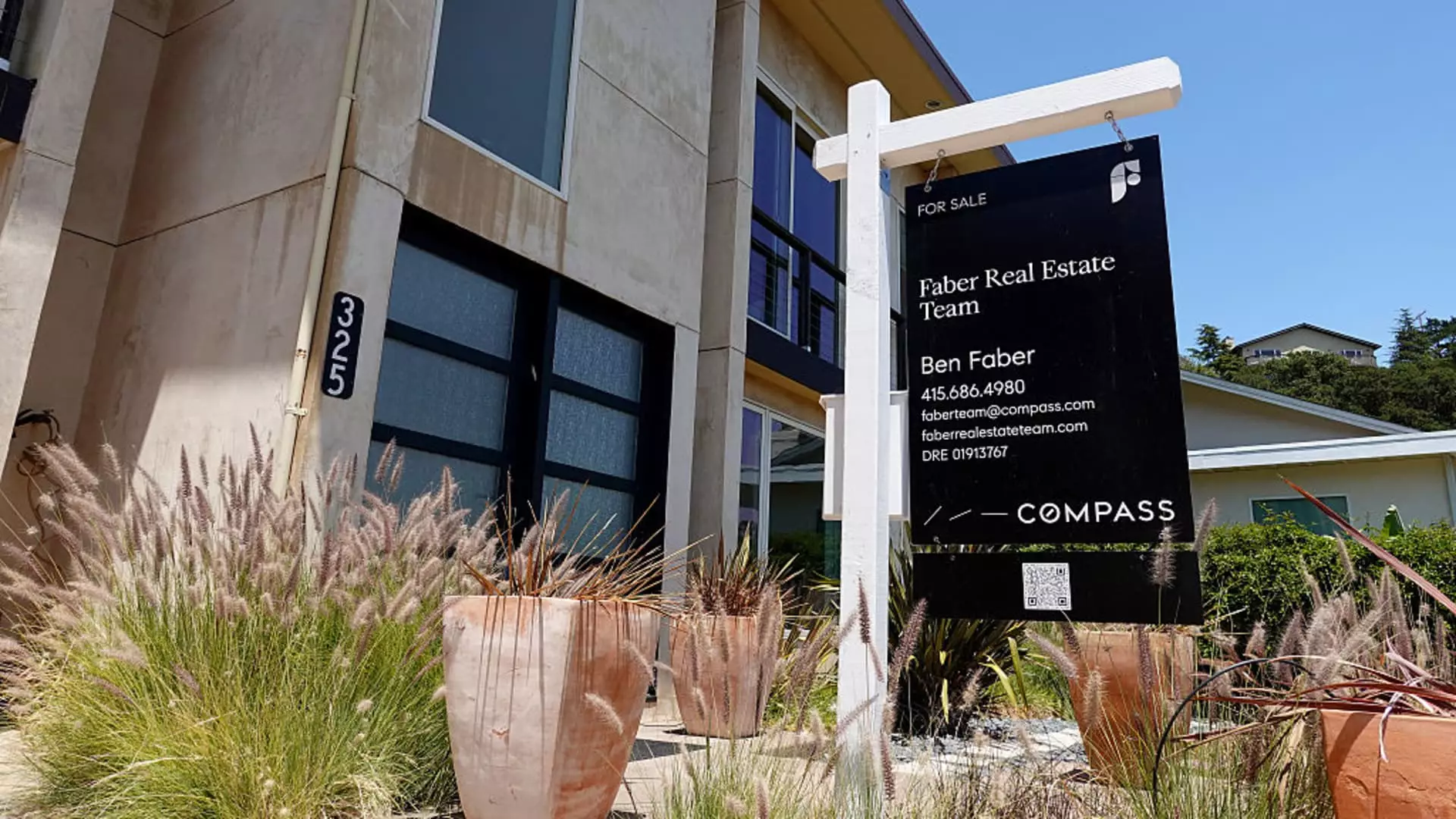The dynamics of the U.S. housing market are shifting in a way that’s both fascinating and alarming. After a period of unprecedented growth, national home prices are finally beginning to cool, with a recent rise of merely 2.7% in April from the previous year. This figure is a notable decrease from March’s 3.4% increase and marks the slowest rate of appreciation in almost two years. While some pundits may argue that the market is merely correcting itself after a period of overzealous inflation, there are deeper implications at play that merit scrutiny. Historically, housing has been viewed as a stable investment, yet the foundational elements of that security are now being subjected to considerable strain.
Shifting Regional Dynamics
What’s particularly intriguing is the reshuffling of regional performance. During the COVID-19 pandemic, areas such as the Sun Belt experienced substantial surges in demand, causing prices to skyrocket. However, this pattern is now taking a dramatic turn. Regions traditionally known for steady growth, like those in the Midwest and Northeast, are experiencing price surges, while erstwhile darlings like Tampa and Dallas are witnessing declines in home values. New York City, for instance, has reported an impressive 7.9% annual increase in home prices, while cities like Tampa have recorded decreases of 2.2%. Such fluctuations raise questions about the sustainability of market trends based on consumer sentiment rather than intrinsic value.
The Impact of Rising Interest Rates
A significant factor contributing to this market recalibration is the recent spike in mortgage rates, which rose above 7% in April and have since stabilized just below that threshold. These high rates are creating a financial barrier for many potential homebuyers, particularly first-time buyers, whose participation in the market has fallen to just 30% of sales — well below the historical average of 40%. The exorbitant monthly payments resulting from higher interest rates have made homeownership increasingly elusive for many middle-class Americans. Unfortunately, sustained high rates of home lending may lead to even greater disparities in housing accessibility, a trend that has serious implications for future economic stability.
Supply and Demand: A Deteriorating Balance
The supply of homes in the market is experiencing a peculiar freeze. While inventory is rising, it remains significantly below pre-pandemic levels. Insights from Redfin indicate that only 6% of sellers are at risk of incurring losses, which is higher than it was last year but still quite low historically. This relative stability among sellers is largely attributable to existing homeowners clinging to their advantageous sub-4% mortgage rates, further exacerbating the supply-demand imbalance. This situation prevents prices from collapsing, but it simultaneously contributes to an environment where affordability is continually stretched, leaving many would-be homeowners in limbo.
The New Normal: Fundamentals Prevail
Nicholas Godec from S&P Dow Jones Indices articulated that the current market is becoming increasingly driven by fundamentals rather than speculative fervor. This maturation of the housing market suggests a new normal is taking root, where price appreciation will likely be correlated more closely with economic indicators such as income growth and employment rates than with irrational exuberance. Nevertheless, it is hard to ignore the underlying risks that accompany such realignment. As we pivot further away from speculative investments, it is crucial to ensure that housing remains an accessible means of wealth-building for the average American.
While it is easy to label the current slowdown in home price inflation as a mere market correction, the implications are profound and far-reaching. The shifts in regional dynamics, the chokehold of rising interest rates, and the entrenchment of supply constraints signal a pivotal moment in the U.S. housing market. Consumers must remain vigilant as we navigate this changing landscape, and policy-makers should prioritize actionable solutions that both stabilize the market and protect the rights of future homeowners. The challenges ahead are undoubtedly daunting, but they also present an opportunity for investment in the well-being of future generations through a more equitable housing agenda.

